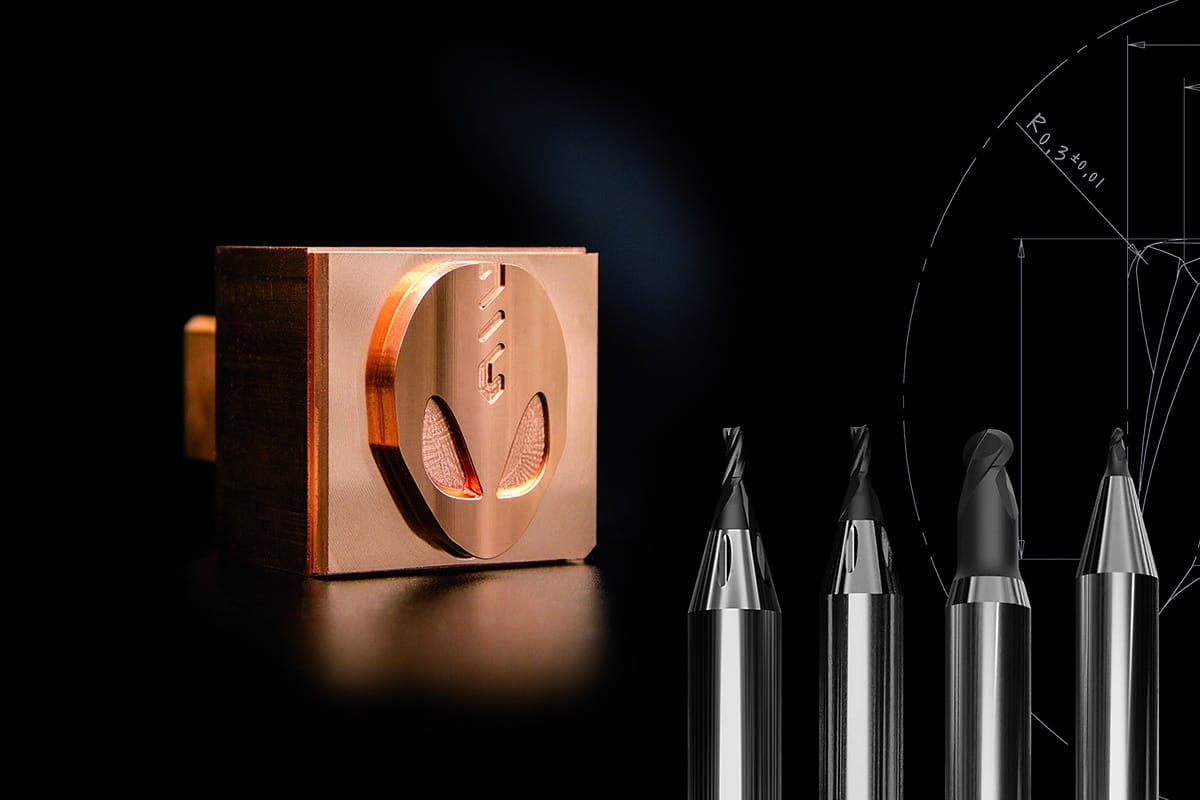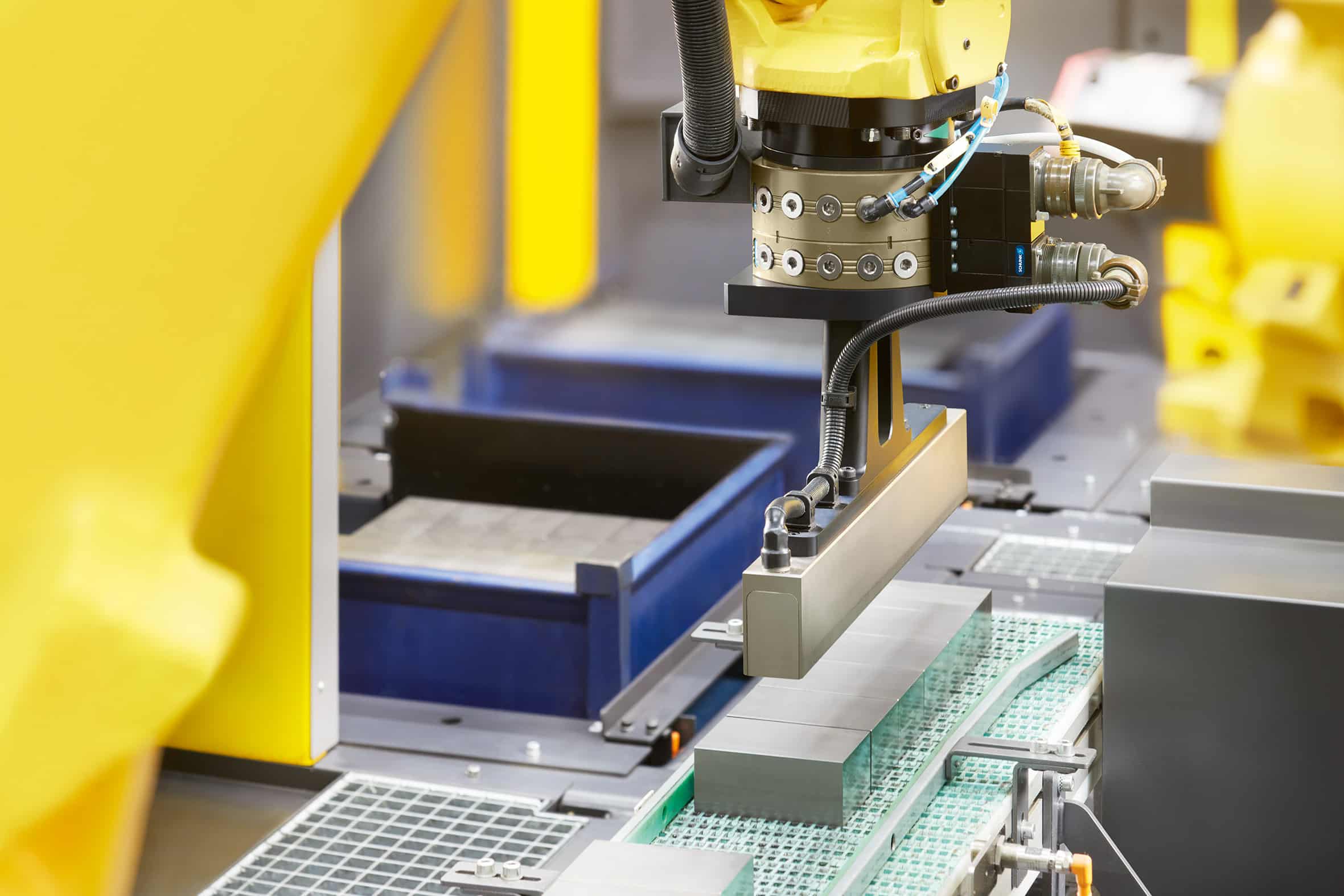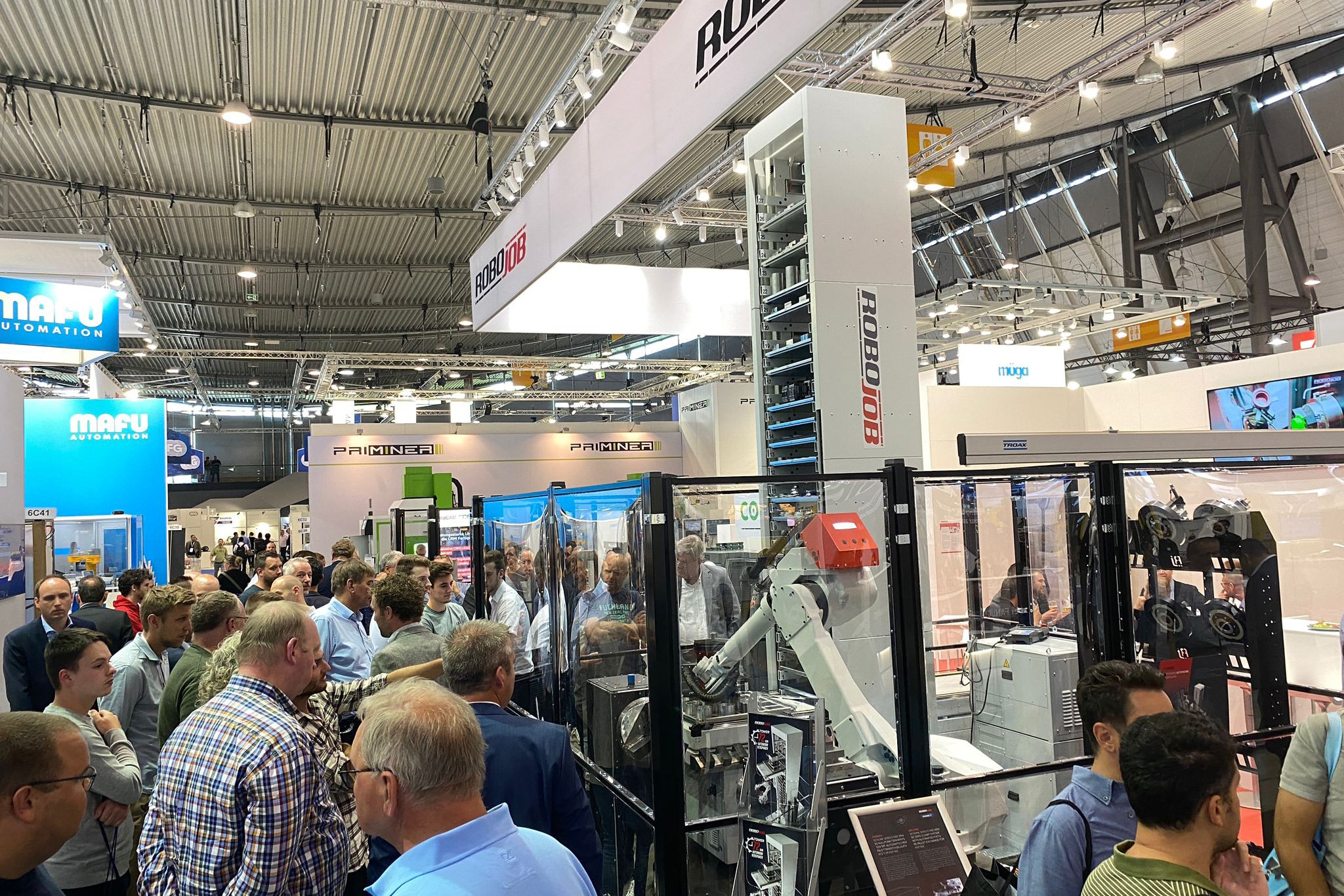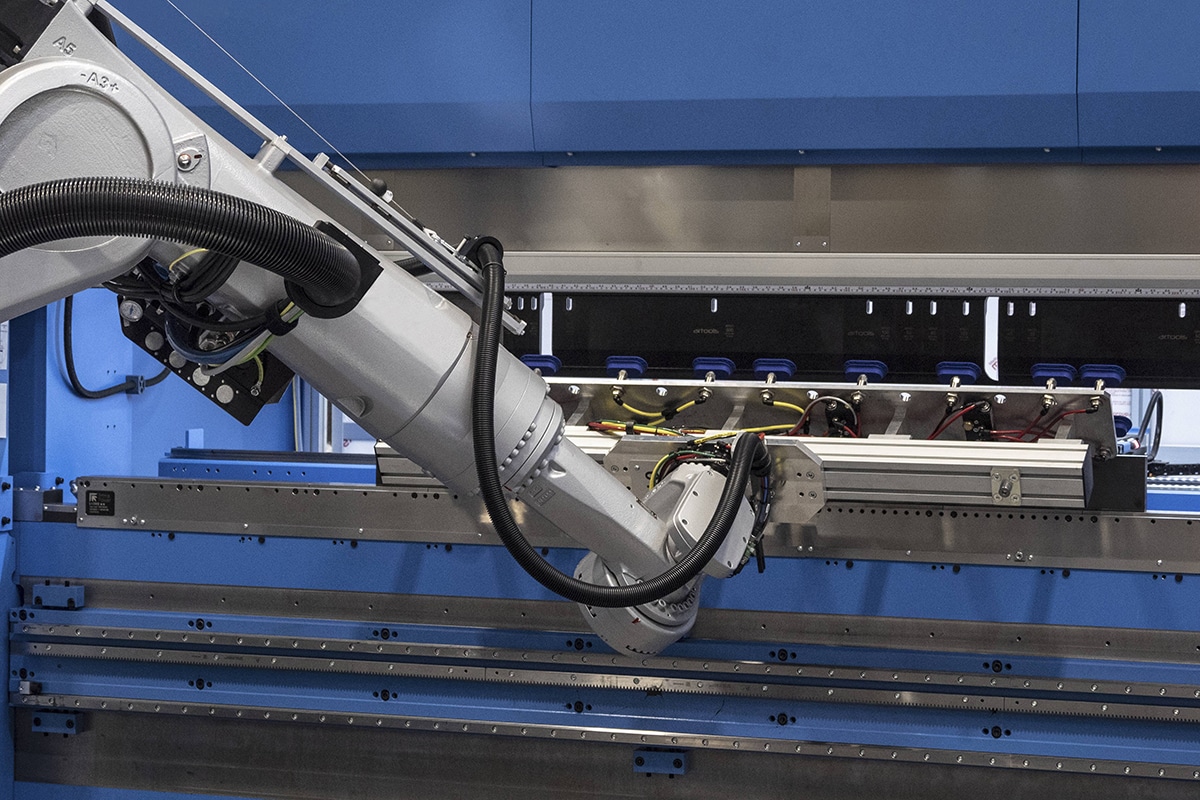
How modern gadgets make child's play of pleating
Bending is an essential part of the making process. A discipline in which, unlike laser cutting, an extraordinary amount of craftsmanship creeps in. The most complex pieces required experienced craftsmen who had the bending skills down pat. A race that is gradually becoming extinct, but fortunately technology is coming to the rescue. Today there are many technological gadgets available that support operators and drastically lower the threshold for even the more complex work.
Everything starts, of course, with the software, which has moved much of the programming work from the machine to the office. From the data in the 2D or 3D drawing, modern folding software can work by itself to realize the unfolding. The data is then checked against an intelligent database (which every manufacturer has by now). Everything needed to determine the bending tolerances (internal radii for each material and tool) is known so that a correct DXF file is created.
Powerful folding software has become indispensable
This forms the basis for then automatically calculating the bending program in seconds and sending it to the bending bench when the piece arrives there on the schedule. The bending sequence, the position of the back gauges, the tool plan ...: everything is also subjected to collision detection immediately at the end of this digital cycle, so that you can be confident that the piece is effectively manufacturable in the real world. The big advantage is that the touch screens at the bending bench can then guide the operator through the entire process.
With the application of modern bending software, even the most complex workpieces are within the operator's reach, regardless of his experience. Perhaps it is precisely in this discipline of sheet metal working that life without powerful software is least imaginable.
Better ergonomics
Not only the repetitive nature of bending can deter operators, but dragging tools and workpieces around can be quite stressful. Automatic tool changers, in addition to reducing the risk of errors and saving time during tool changes, also bring about a serious improvement in ergonomics. Especially when mainly small series pass through on the bending bench, this is well worth the investment. For those who still have large series to process, it may be interesting to look at a bending cell, in which a robot takes care of all the bending work.
A second advance in ergonomics is credited to so-called bending aids. They help support heavy and large pieces and move with them during the entire bending process, which also improves quality. Because they are adjustable in height, they can make work lighter for any task.
Measuring systems
Margins in the metal sector have been under tremendous pressure in recent years. Especially with the decline in series sizes, one must be able to finish pieces correctly in one go. An important help here are the measuring systems that have made their appearance in recent years. Usually a laser beam is used to monitor the size of the angle and correct it when necessary. And this in real time, so that the piece always falls into the desired fold. Very fast, very accurate. These measuring systems also automatically take into account the thickness of the material and the effect of springback.
Apps
In the digital world, manufacturers are also coming up with apps for sheet metal working machines. Need to quickly calculate compressive force, bending tolerances or tool width? Or examine the drawing of a workpiece in detail? This can be done quickly via the app on the smartphone or tablet. Modern sheet metal working technology at your fingertips.



